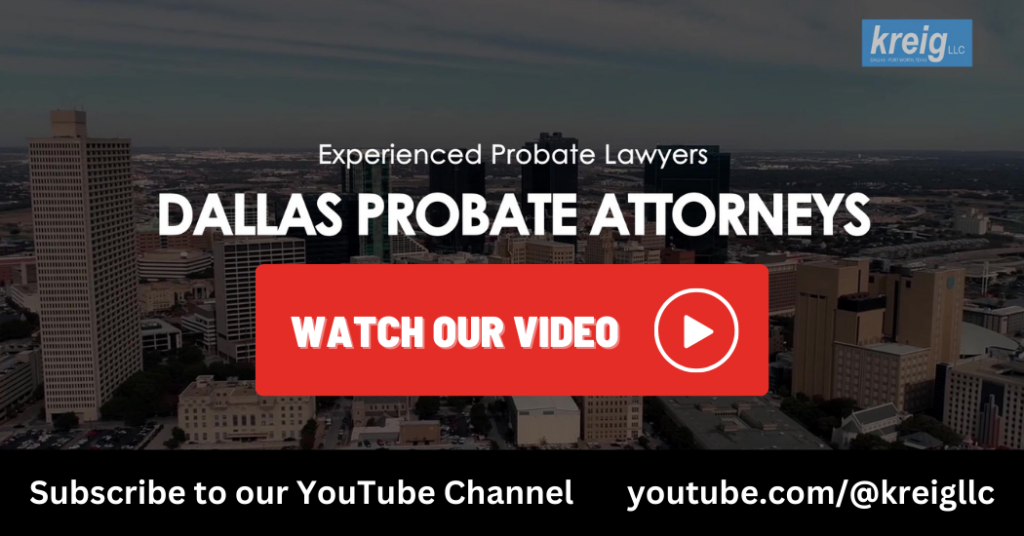Texas has a formal probate and guardianship process. This process typically involves filing numerous legal papers with the clerk. It includes applications, various motions, and, eventually, inventories.
These legal papers can include incorrect information. This includes information that is wrong due to errors. It can also include intentionally omitted or inaccurate information.
This can be particularly problematic for the inventory document that is filed in probate and guardianship cases. The Adams v. Sadler, 696 S.W.2d 690 (Tex. App.–Austin 1985) case provides an opportunity to consider the impact of an error in the inventory and when the error should be corrected.
Facts & Procedural History
This is a guardianship case and it involves an order entered by the Travis County probate court.
The case invovles a son and his mother. The son was appointed as the guardian for his mother. The mother also had a trust. The trustees of the trust filed suit in this case to order the guardian to correct the inventory he filed in the guardianship proceeding.
The inventory reported that his mother owned an interest in certain real property. The trust asserted that the real property belonged to the trust and not to the ward.
About the Inventory
The Texas Estates Code covers probate administration, trust, and guardianship cases. Many of the code sections apply to all three of these types of cases.
The inventory plays a special role in guardianship and probate cases. It is the formal record that sets out the assets and claims owed to the guardianship or probate estate. It is a public document accessible to anyone with an interest in reviewing it. The inventory allows the court and the public to know what assets are in the estate and, if needed, to challenge the information included in the inventory.
Why Inventories are Often Incomplete
Parties have different motivations for including information in the inventory. These motivations often stem from the inventory being a public document and competing interests in the estate assets.
For example, a local tax assessor may be keen to know what property is included in the estate and what the value is. More assets and higher values may entitle the local tax assessor to collect more taxes. The same goes for the Internal Revenue Service. Assets and higher values may trigger more estate taxes.
Similar considerations come into play for creditors owed money by the estate and even family members who stand to inherit or benefit by receiving some assets or portion of the estate.
This is why inventories will often not include certain information or the information is not fully complete. This is also why there are often disputes involving inventories.
Correcting an Error in the Inventory
Section 309.103 of the Texas Estates Code provides a remedy for interested persons to get an erroneous inventory corrected. This remedy is a “show cause” hearing.
With a show cause hearing the party seeking the correction files an application and then puts on evidence to establish:
- That there was a specific error in the inventory that was filed and
- That the person who filed the inventory should be cited to appear before the court and show why the inventory should not be corrected.
If successful, the probate court is authorized to sign an order specifying what changes are to be made and, if the error is for the valuation, to order an appraisement be made.
When to Correct an Inventory
The inventory often does establish interests in the property in the probate or guardianship matter. It can be used as an admission of ownership or value in these cases. It can be used to measure the amount of distributions to be made or even compensation to be paid to the executor or guardian.
The use of the inventory usually stops there. The inventory does not affect matters outside of the probate or guardianship case.
This brings us back to the Adams case. The court notes in Adams that the property is included in the inventory filed in the guardianship proceeding does not impact the trust’s legal title to the property:
The guardian suggests, correctly, that the probate court has no jurisdiction to determine title to property. Wise v. O’Malley, 60 Tex. 588 (1884). The probate court by approving, modifying, or correcting an inventory, however, does not determine title to property. See Brown v. Fleming, 212 S.W. 483 (Tex.1919). An inventory is not conclusive of the title to the property there listed or omitted but instead is only prima facie evidence of that fact. Krueger v. Williams, 163 Tex. 545, 359 S.W.2d 48 (1962); Little v. Birdwell, 21 Tex. 597 (1858).
This shows that even though the law allows interested parties to correct the inventory, the correction may not provide any utility in some cases. The would-be contestant has to factor this into their decision as to whether to incur the cost to correct an inventory.
We help clients file and correct inventories in probate and guardianship cases in Texas. Let our experienced Dallas Probate Attorneys help. We want to hear from you. Schedule a FREE consultation or give us a call (469) 895-4333.
Don't miss out, get a copy today!












